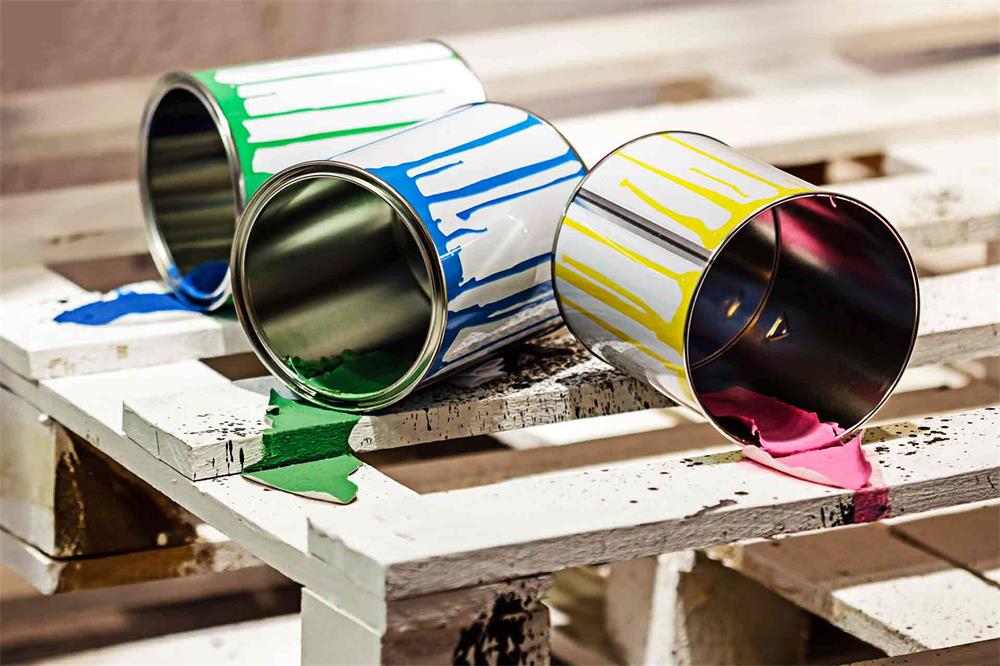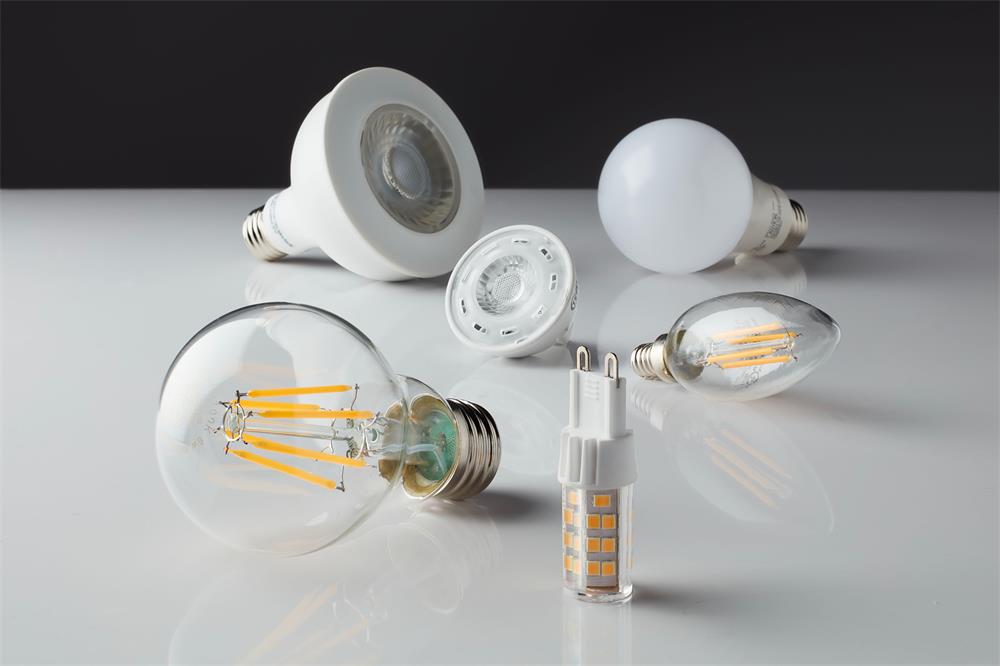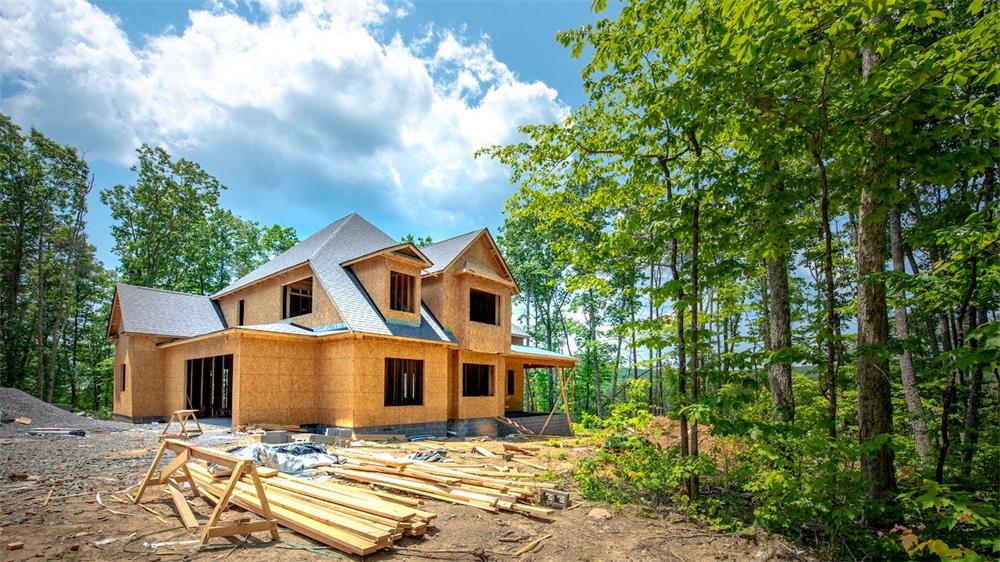Painting your home can be a fun and rewarding project, but it can also leave you with some leftover paint that you don’t know what to do with. Throwing away liquid paint is not only bad for the environment, but also illegal in some places. So how can you dispose of paint properly and avoid any fines or penalties?
The answer depends on the type of paint you have and the amount of paint left in the can. Here are some general guidelines on how to get rid of paint in different situations.
Latex or Water-Based Paint
Latex or water-based paint is the most common type of paint used for interior walls and ceilings. It is also easier to dispose of than oil-based paint because it does not contain any hazardous chemicals. However, you still need to make sure that the paint is completely dry before you throw it away.
If you have a small amount of latex paint left in the can, you can simply leave the lid off and let it air dry in a well-ventilated area. You can also speed up the drying process by adding some sawdust, cat litter, or paint hardener to the can. Once the paint is solidified, you can toss the can and the dried paint in the trash.
If you have a large amount of latex paint left, you may want to consider donating it to someone who can use it. You can check with local schools, community centers, theaters, shelters, or charities that may need some paint for their projects. You can also post an ad on online platforms like Facebook Marketplace or Craigslist to see if anyone in your area is interested in taking your leftover paint.
Another option is to find a paint recycling program near you. Some states and municipalities have programs that collect and recycle leftover paint for a small fee or for free. You can visit PaintCare.org to see if there is a drop-off site near you. By recycling your paint, you can help reduce waste and conserve resources.
Oil-Based or Solvent-Based Paint
Oil-based or solvent-based paint is usually used for exterior surfaces, furniture, or metal objects. It is more durable and resistant to water and weather than latex paint, but it also contains harmful chemicals that can pose a risk to your health and the environment. Therefore, you need to be extra careful when disposing of oil-based paint.
Unlike latex paint, oil-based paint cannot be dried out by leaving the lid off or adding absorbents. The only way to solidify oil-based paint is to expose it to high temperatures, which is not safe or practical for most homeowners. Therefore, you should never throw away liquid oil-based paint in the trash or pour it down the drain.
The best way to dispose of oil-based paint is to take it to a hazardous waste facility near you. You can contact your local waste management agency or visit Earth911.com to find out where you can drop off your oil-based paint and other hazardous materials. Make sure to keep the original labels on the cans and seal them tightly before transporting them.
If you have a very small amount of oil-based paint left in the can, you may be able to use it up by applying another coat to your project or painting something else. You can also try mixing it with another color of oil-based paint to create a new shade. However, you should never mix oil-based paint with latex paint or any other type of liquid.
Tips for Storing Paint
If you want to avoid having leftover paint in the first place, you should try to buy only as much as you need for your project. You can use online calculators or ask a professional at the store to help you estimate how much paint you will need based on the size and condition of your surface.
However, if you do end up with some extra paint, you can store it properly for future use. Here are some tips on how to keep your paint fresh and usable:
- Store your paint cans in a cool, dark, and dry place away from heat sources and direct sunlight. A basement or a closet inside your house is ideal. Avoid storing your paint in the garage or attic where temperatures can fluctuate and damage your paint.
- Seal your paint cans tightly by wiping off any excess paint from the rim and tapping down the lid with a rubber mallet. Don’t use a hammer as it can dent the lid and create gaps. You can also place a layer of plastic wrap over the lid before closing it to create a tighter seal.
- Label your paint cans with the brand, color name, date of purchase, and the room or project you used it for. You can also dab a small amount of paint on the lid or the side of the can to easily identify the color. If you have more than one color for a room, keep them together and label them accordingly.
- Transfer your paint to smaller containers if you have less than half a can left. You can use quart cans or glass jars with tight-fitting lids. This will help prevent the paint from drying out and save some storage space.
- Check your paint periodically to see if it is still good. Open the can and smell it. If it smells sour or rancid, it has gone bad and needs to be disposed of. If it smells normal, stir it well and test it on a piece of cardboard. If it applies smoothly and evenly, it is still usable.
By following these tips, you can extend the shelf life of your paint and reduce waste. However, if you decide to get rid of your paint, make sure to do it safely and responsibly by following the guidelines above. By disposing of paint properly, you can protect your health, the environment, and your wallet.











